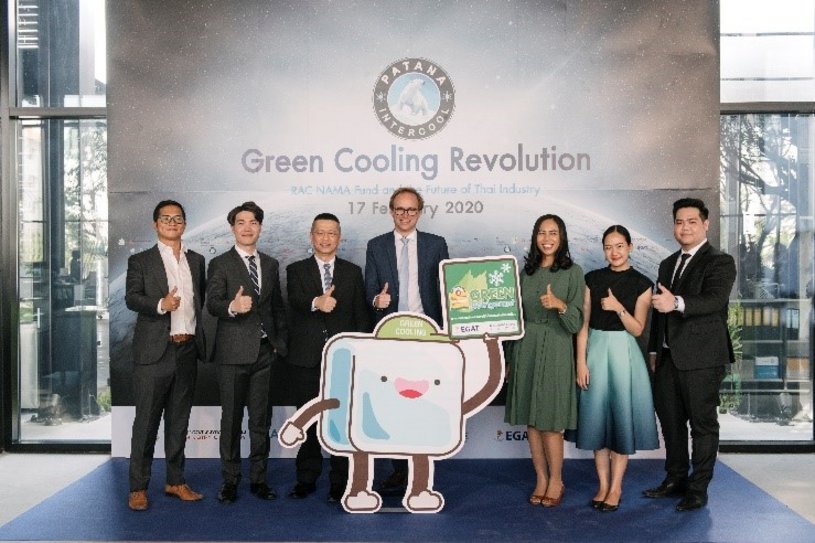To Ekkapong Tangsirimanakul, Managing Director of Patana Intercool, the switch to natural refrigerants was a no-brainer. He hopes his company's move will inspire others to turn to Green Cooling technology.
Ekkapong Tangsirimanakul is the Managing Director of Patana Intercool, a Thailand-based manufacturer and exporter of commercial refrigerators and display cases for supermarkets, convenience stores, cafes and restaurants. Mr. Tangsirimanakul is convinced that companies should offer clients the right refrigeration solutions and recognises the huge potential of natural refrigerant-based technologies.
Mr. Tangsirimanakul, what made Patana Intercool decide to adopt Green Cooling technology?
As a manufacturer of refrigeration equipment, we knew we were playing a part in the increased CO2 emissions and the destruction of the ozone layer. The more our company grew, the more emissions were emitted, and the more concerned we became about our business strategy. We thus asked ourselves if there were things we could do differently. That was about three years ago when we first knew about green refrigerants. Now, our company is in the process of converting our entire range to R290 by 2025.
What benefits do you see in this Green Cooling technology?
There are three major benefits. Natural refrigerant helps us reduce costs in the long term, sustains our business model and boosts customers’ confidence in our products.
With R290, the amount of refrigerant that is charged into each unit is reduced by half. Green refrigerant is second to none in securing our place as a leader in the business, thanks to its close to zero global warming potential (GWP). All of this prepares us for the trend in the market where more and more customers demand green products.
Picture Patana Refrigerators

Block
How do you convince your customers about this new refrigerant?
We are committed to offering our clients the right cooling configuration and best available solutions. We inform our clients of the benefits they will gain in terms of energy saving, reduced charge size and the green aspect while also addressing their safety and maintenance concerns. To do this, we invited our customers to see how the refrigerant reacted when ignited in order to show them that it is safe to use. We also actively train our customers’ technicians so they are confident working with the new technology.
How many R290 products have been launched on the market and what was the feedback? How many more do you expect to produce?
About 1,000 R290 units have been released on the market over the past few months and our customers have responded very positively. Most of them are impressed by how fast these new units cool, the reduced energy cost and the low environmental impact, which helps reinforce their green image. By the year 2025, we project that our sales will go up to 120,000 units.
With more companies turning to Green Cooling technology, the climate-damaging substances are by default being disrupted.
What message would you like to give to those considering the transition?
For us at Patana, we choose to be sustainable in what we do and deliver the best solutions and services to our customers. We do not want to be a leader in the business only in terms of growth but also to influence the sector in the right and sustainable way. Now, we are happy to be working alongside our clients in making a positive impact on the environment.
Picture Green Cooling Revolution

Infobox
The RAC NAMA Project (or the Thailand Refrigeration and Air Conditioning Nationally Appropriate Mitigation Actions project) is supporting Patana Intercool, along with other Thai manufacturers in the RAC sector, in the switchover to natural refrigerant-based cooling technologies. Support includes various financial assistance on product configurations, conversion of production lines, policy advice and training of service technicians.
GIZ is commissioned to implement the project in partnership with the Office of Natural Resources and Environmental Policy and Planning (ONEP), the Department of Alternative Energy Development and Efficiency (DEDE) and the Electricity Generating Authority of Thailand (EGAT). Funded by the NAMA Facility, a joint initiative of the Federal Republic of Germany and the United Kingdom, the project runs until March 2021.

